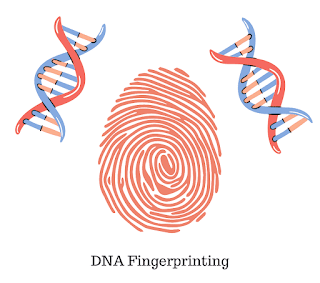Emulsions: Definition, Preparation, Working, Types, Properties, Application, and Harmful Effects
A colloidal dispersion in which both the dispersed phase and the dispersion medium are in the liquid state is called Emulsion. Both liquids are immiscible.
For Example: vanishing cream, cod liver oil, etc.
So, to get a stable emulsion, some special substances or chemicals are added in small quantities. The substances which are added to stabilize the emulsion is called emulsifiers or emulsifying agents.
Now, when a drop of oil is surrounded by soap molecules. The hydrophobic part of soap remains in the oil and hydrophilic part of the soap remains in the water. As a result, the interfacial tension between oil and water decreases, and they get mixed into each other, forming an emulsion.
Substance like proteins, gums, and agar can also be used as emulsifiers, have a different working mechanism.
For example: Milk in which liquid fat is dispersed phase and water is dispersed medium.
For example: cod liver oil, butter, cold cream, etc.
Types of emulsions are also dependent on nature emulsifiers. For example, soluble soap generally favors the formation of oil-in-water emulsion whereas insoluble soap favors the formation of a water-in-oil emulsion.
For Example: vanishing cream, cod liver oil, etc.
Preparation Method of Emulsion
An emulsion can be prepared by vigorously shaking the mixture of two liquids or passing it through a colloid mill, known as a homogenizer. The emulsions which are prepared from pure liquids are not much stable and both get separated at rest position.So, to get a stable emulsion, some special substances or chemicals are added in small quantities. The substances which are added to stabilize the emulsion is called emulsifiers or emulsifying agents.
Examples of Emulsifiers/ Emulsifying agent
- various soaps.
- Long-chain sulphonic acids.
- lyophilic colloids such as proteins and gum.
How do Emulsifiers Work?
The working of an emulsifier can be explained with the example of soap as an emulsifying agent. Soap is a salt of higher fatty acids of sodium or potassium. Soap molecules have two parts i.e hydrophobic part which is soluble in oil and a hydrophilic part which is insoluble in water.Now, when a drop of oil is surrounded by soap molecules. The hydrophobic part of soap remains in the oil and hydrophilic part of the soap remains in the water. As a result, the interfacial tension between oil and water decreases, and they get mixed into each other, forming an emulsion.
Substance like proteins, gums, and agar can also be used as emulsifiers, have a different working mechanism.
Types of Emulsions
Broadly there are two types of emulsions:1. Oil-in-Water (O/W) Emulsion
This is a type of emulsion in which oil is dispersed phase and water is dispersed medium.For example: Milk in which liquid fat is dispersed phase and water is dispersed medium.
2. Water-in-Oil (W/O) Emulsion
This is a type of emulsion in which water is dispersed phase and oil is dispersed medium.For example: cod liver oil, butter, cold cream, etc.
Types of emulsions are also dependent on nature emulsifiers. For example, soluble soap generally favors the formation of oil-in-water emulsion whereas insoluble soap favors the formation of a water-in-oil emulsion.
Methods to Test the Type of Emulsion
To find out the given emulsion is oil-in-water or water-in-oil, followings methods are used:1. Microscopic method
Add a few drops of water in the given emulsion. If the added water gets mixed completely then it is oil-in-water type emulsion. Similarly, add few drops of oil in the given emulsion. If the added oil is miscible then water-in-oil type.2. Conductance method
Add a small amount of electrolyte in the given emulsion. If the conductance increases, the emulsion is oil-in-water type otherwise it will be water-in-oil type.3. Dye method
Add a small amount of an oil-soluble dye in the given emulsion. If it becomes deeply colored then it is water-in-oil type otherwise it is oil-in-water type.Properties of Emulsions
- Emulsions posses all the properties similar to colloidal solutions like Brownian motion, Tyndall effect, Electrophoresis, and coagulation on the addition of electrolytes.
- Emulsions can be separated in their original liquid state by boiling, freezing, centrifuging, etc. For example, separation of cream from milk through centrifugation.
- Emulsions can be diluted by adding an extra amount of dispersion medium i.e water for oil-in-water emulsions and oil for water-in-oil emulsions. However, if an extra dispersed phase is added to emulsion then a separate layer will be formed.
Applications of Emulsions
Following are the applications of emulsions:- Asphalt emulsified in water can be used for building roads.
- Milk which is an emulsion of liquid fat in water is consumed by humans is a rich source of calcium.
- Several emulsions can be used as drugs.
- The cleaning mechanism of soap is based on the formation of an oil-in-water emulsion.
- Disinfectants like Dettol and Lysol give oil-in-water type emulsion on mixing with water.




